Your cart is currently empty!
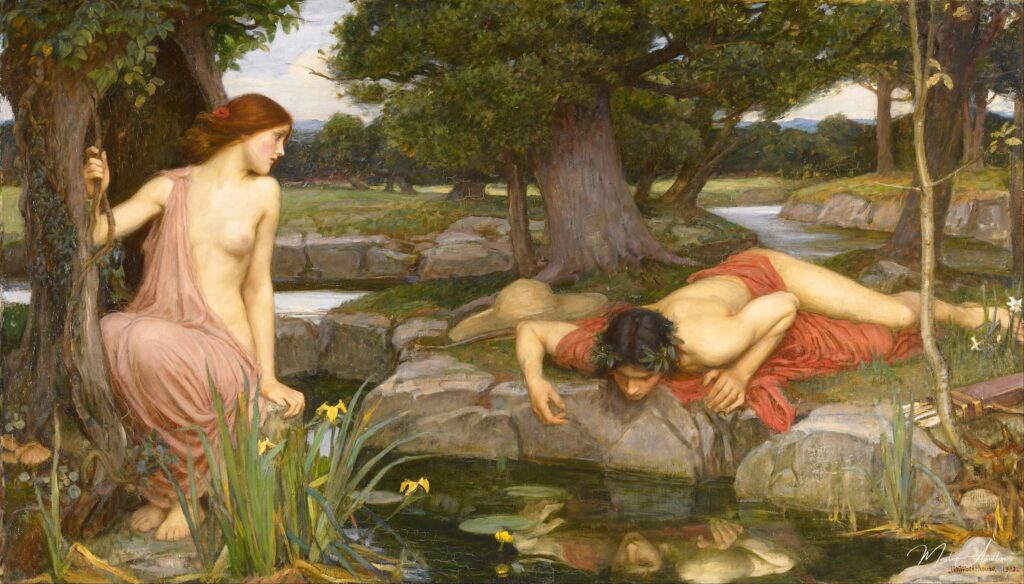
Echo and Narcissus – John William Waterhouse
Immerse yourself in the enchanting world of classical art with our highest quality oil painting reproduction of “Echo and Narcissus” by John William Waterhouse. This exquisite piece captures the poignant tale of unrequited love and the haunting beauty of nature, inviting you to experience the deep emotional resonance of the original masterpiece.
Every brushstroke in this reproduction reflects …
Reflections of Desire: The Tragic Tale in Waterhouse’s Echo and Narcissus
A Tale of Two Longings
In the dappled shadows of a secluded pool, two forms of love play out their tragic dance. One reaches outward, desperate and yearning; the other turns inward, lost in self-contemplation. This is the story that John William Waterhouse captures in his 1903 masterpiece “Echo and Narcissus,” a painting that continues to speak to viewers about the complexities of love, desire, and self-absorption.
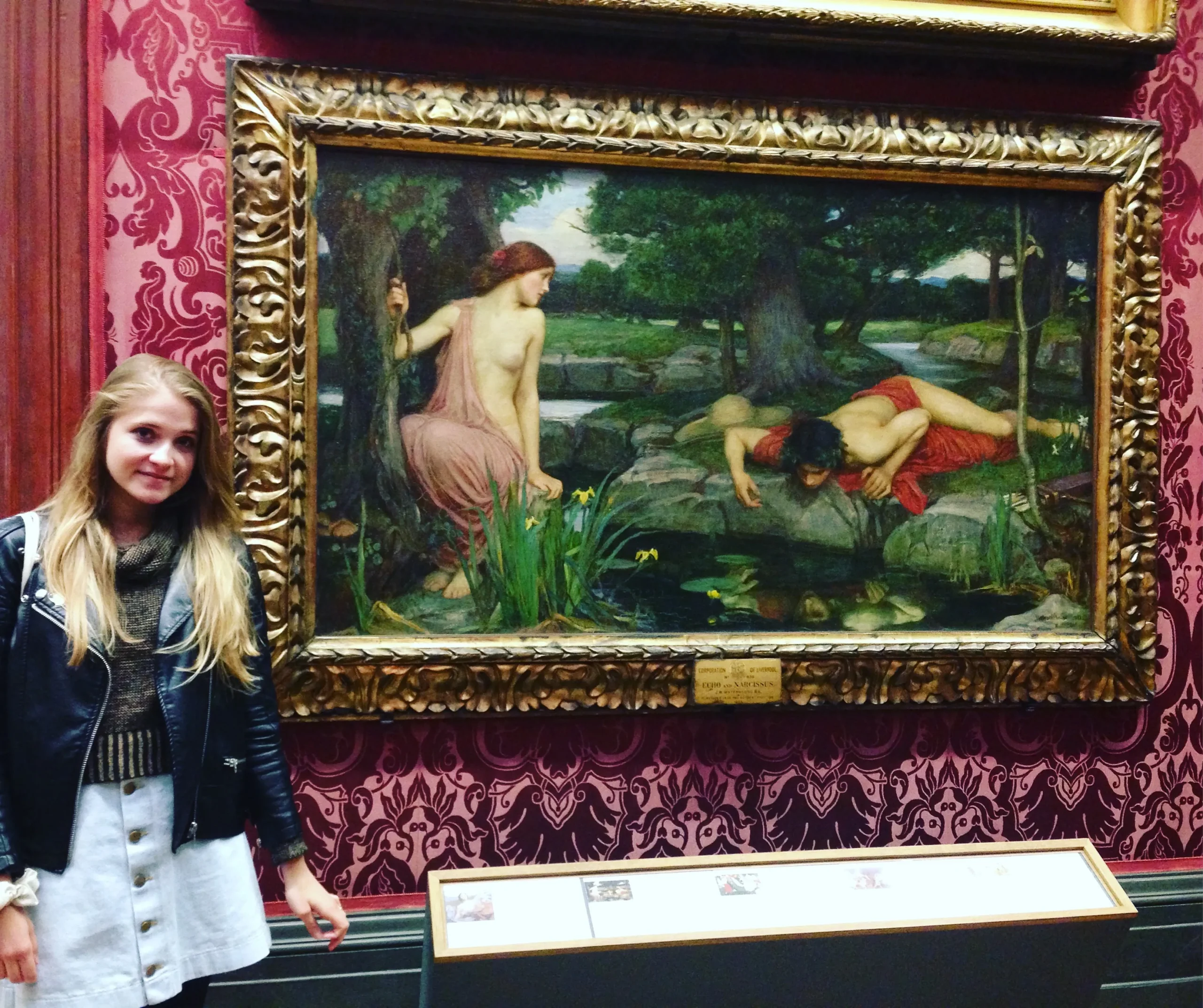
The Silent Conversation
Imagine walking through the Walker Art Gallery in Liverpool and coming upon this scene. The first thing that strikes you might be the profound silence of the moment – a silence made more poignant by knowing Echo’s curse. Once a chattering nymph who distracted Hera with endless conversation, Echo is now condemned to only repeat the last words spoken to her. In Waterhouse’s rendering, her silence speaks volumes.
Echo reclines in the foreground, her body language telling the story her voice cannot. Her pose is both languid and tense, expressing both desire and despair. She watches Narcissus with an intensity that makes her curse all the more cruel – she who once talked too much now cannot speak her heart at all.
The Fatal Reflection
Narcissus, beautiful and oblivious, kneels by the pool in rapt attention to his own reflection. Waterhouse captures him at the beginning of his fatal fascination, before he realizes that the face he’s fallen in love with is his own. His position creates a perfect triangle with Echo and his reflection, a geometric representation of this tragic love triangle where one point is merely an illusion.

Nature’s Stage
The setting itself becomes a character in this drama. Waterhouse creates a world of lush vegetation and mysterious shadows. Flowers scatter across the scene like nature’s commentary on the brevity of beauty. The pool, clear as a mirror, serves as both catalyst and barrier – reflecting truth while obscuring it.
Colors of Longing
The artist’s palette tells its own story. Echo is painted in warm earthen tones, connecting her to the natural world she inhabits. Narcissus, by contrast, is rendered in cooler hues, suggesting his emotional distance. The water shifts between these temperatures, bridging their separate worlds while maintaining their isolation.
Timeless Resonance
What makes this painting so compelling today, over a century after its creation? Perhaps it’s because we recognize ourselves in both figures. Who hasn’t experienced Echo’s unrequited longing or Narcissus’s moment of self-absorption? In our era of selfies and social media, the painting’s meditation on self-image and connection feels startlingly relevant.
The Cruel Joke
There’s a bitter irony in this scene that Waterhouse captures perfectly. Echo, who can only repeat what she hears, loves Narcissus, who can only love what he sees. It’s a perfect storm of impossible love – she cannot express her feelings, and he cannot recognize them. The painting freezes this moment of tragic potential, just before both characters meet their devastating fates.
Beyond the Myth
While Waterhouse was known for his paintings of classical subjects, this work transcends simple mythological illustration. It’s a psychological study of love’s different forms: Echo’s love reaches outward but cannot be expressed, while Narcissus’s turns inward and cannot be escaped. Each character is trapped in their own form of isolation, together yet infinitely apart.
Modern Mirrors
Looking at this painting today, it’s impossible not to draw parallels with contemporary life. In an age where we carefully curate our online reflections and sometimes struggle to make genuine connections, Echo and Narcissus’s predicament feels uncomfortably familiar. Are we all, in some way, trapped between these two extremes – yearning for connection while mesmerized by our own carefully crafted images?
The Artist’s Triumph
What makes Waterhouse’s interpretation so powerful is its ability to capture both the specific moment from myth and the universal human experience it represents. Through his masterful technique and psychological insight, he creates a scene that is both timelessly classical and startlingly immediate.
A Lasting Reflection
As we stand before this painting today, we’re invited to reflect on our own relationships with love, image, and connection. In Echo’s silent longing and Narcissus’s fatal self-absorption, we might recognize pieces of our own story. Perhaps that’s the true power of this masterpiece – it shows us not just a myth, but a mirror, reflecting back our own experiences of love, longing, and the sometimes tragic distance between self and other.
John William Waterhouse
John William Waterhouse was a British painter known for his enchanting depictions of mythological and literary themes, characterized by rich colors, emotional depth, and a focus on female figures that often evoke a sense of longing and beauty.
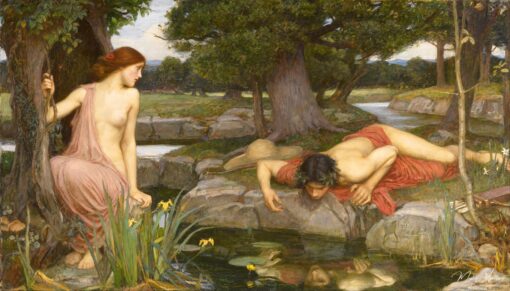
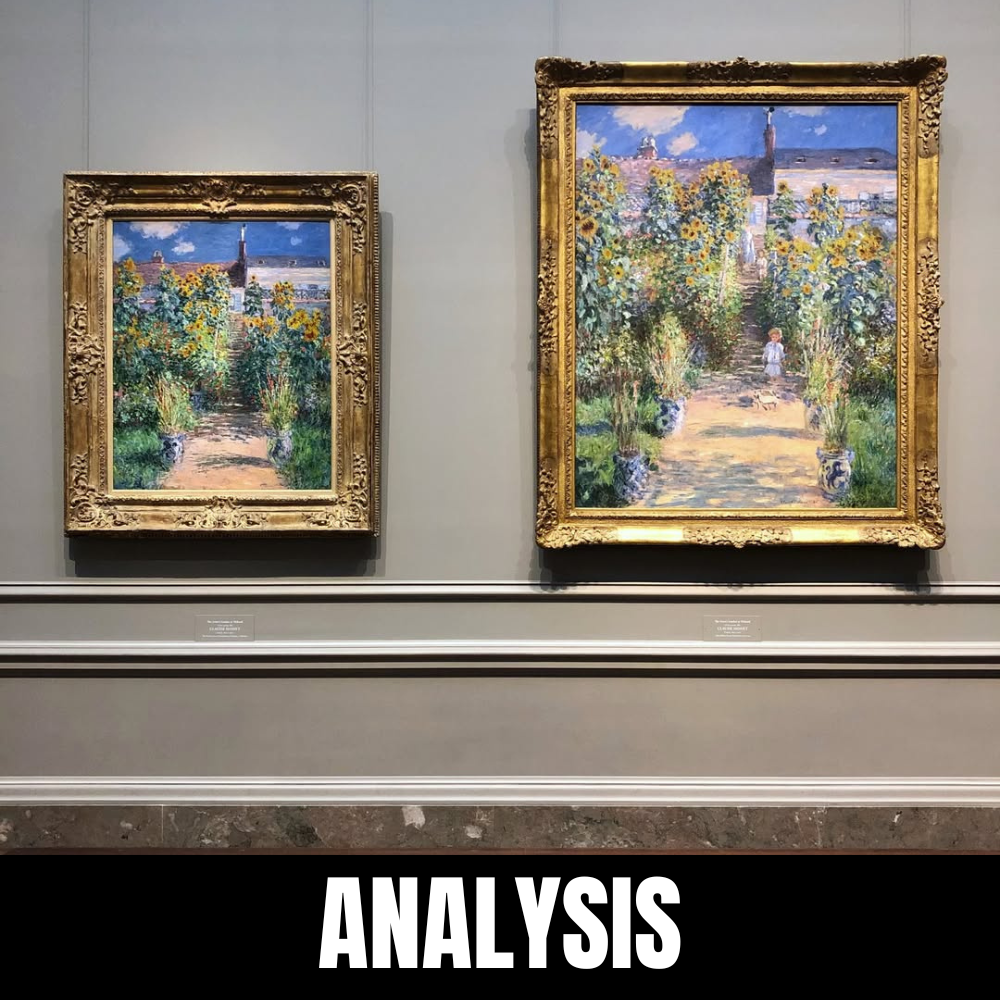
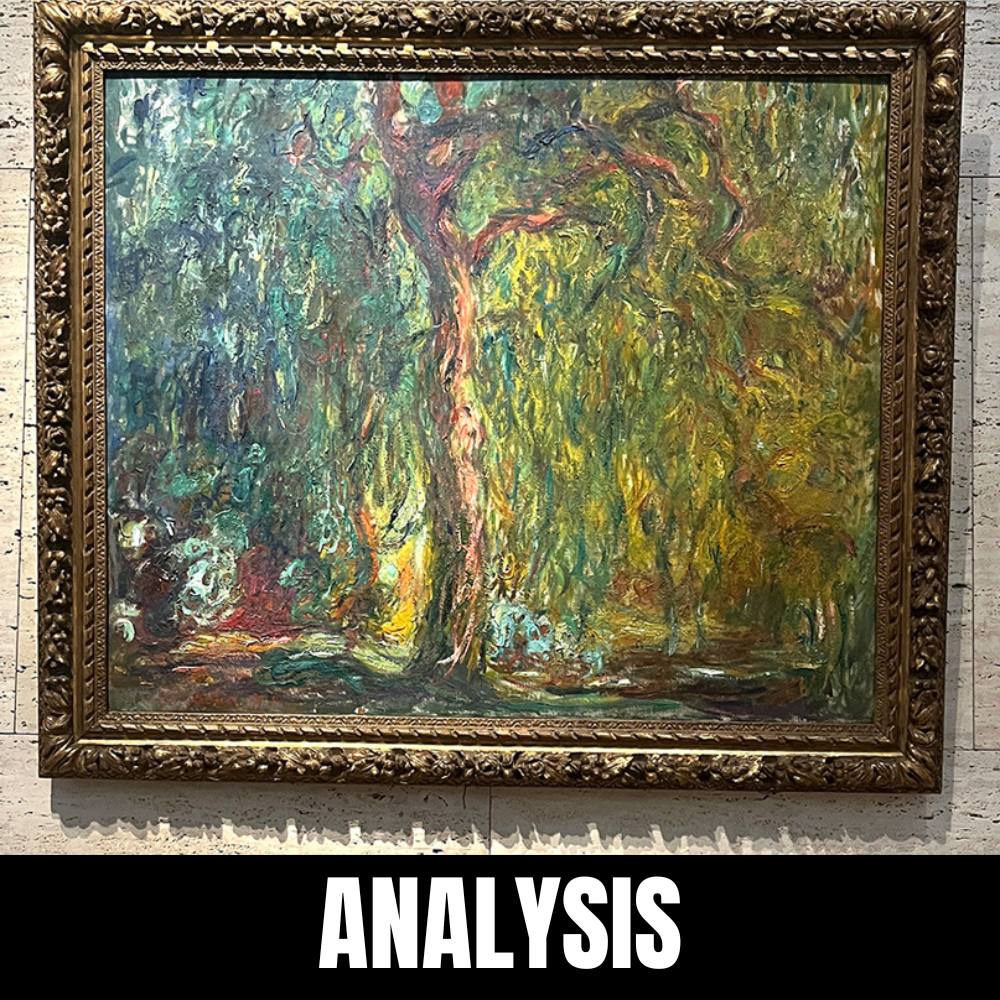
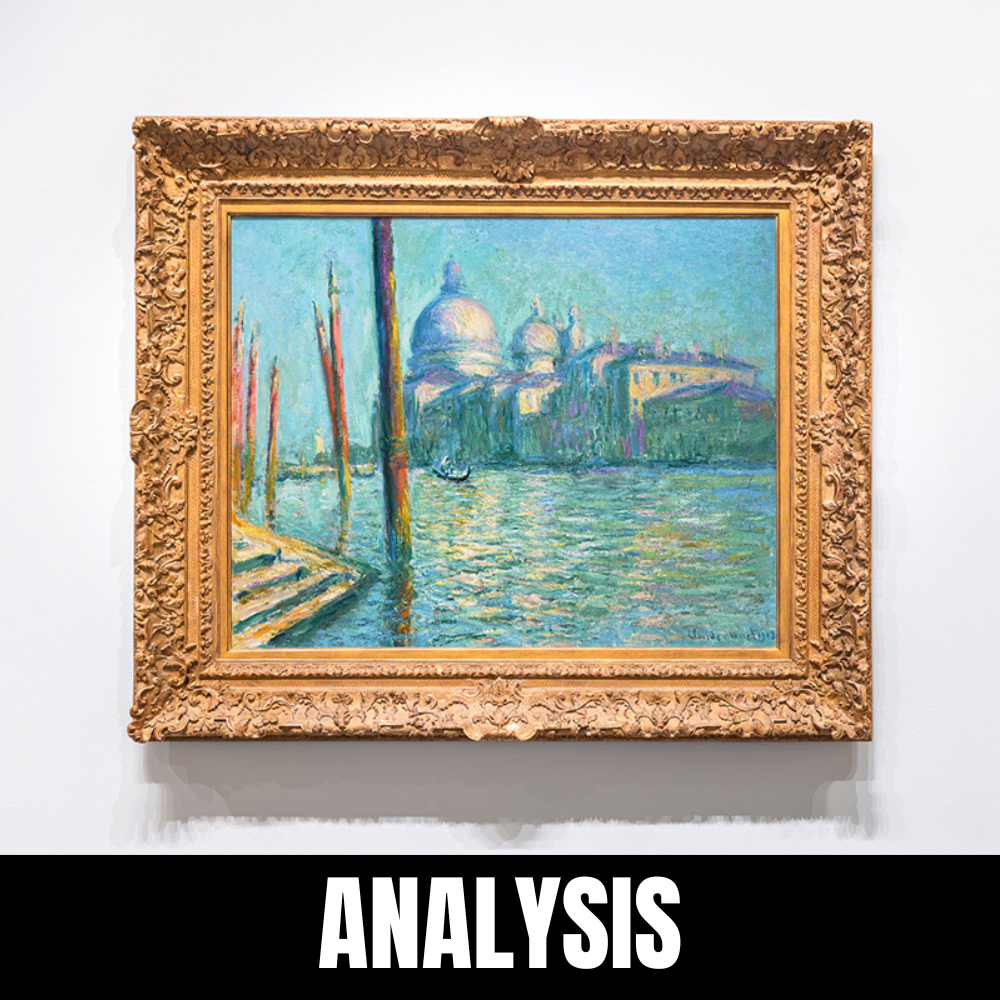
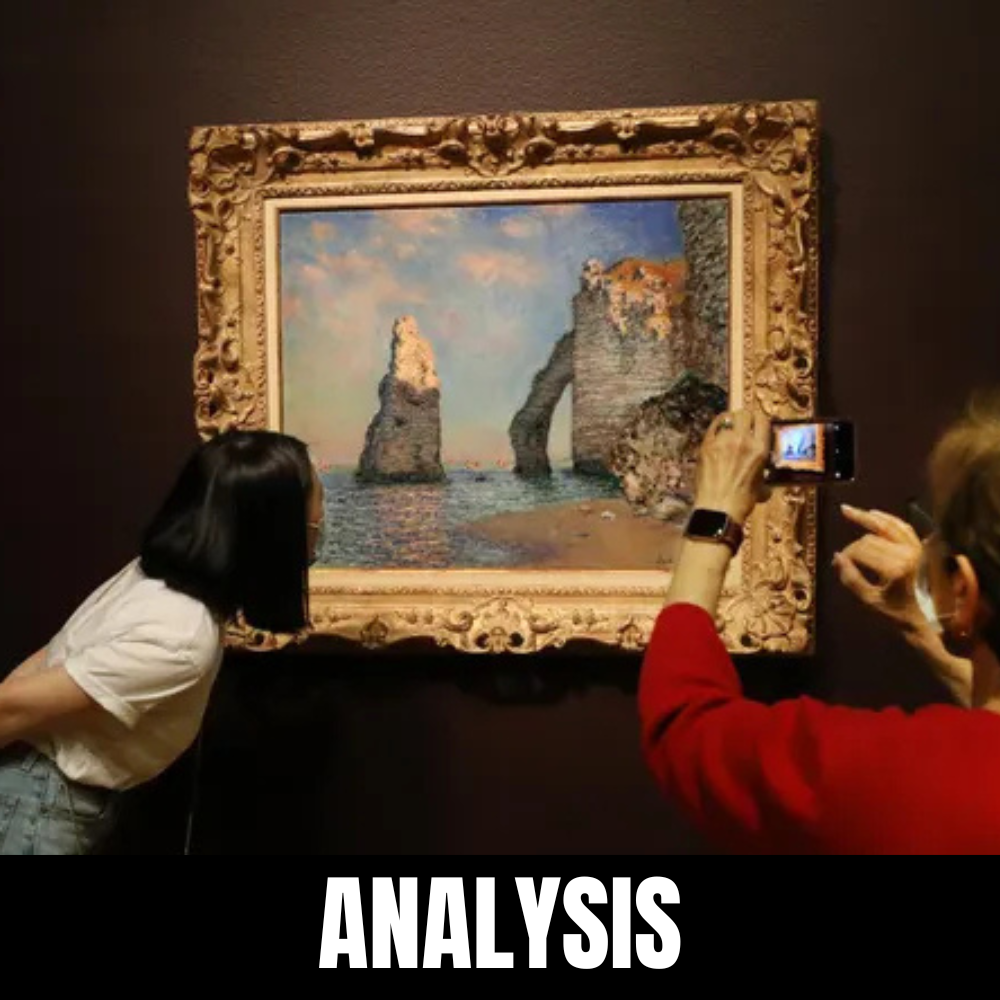
Leave a Reply